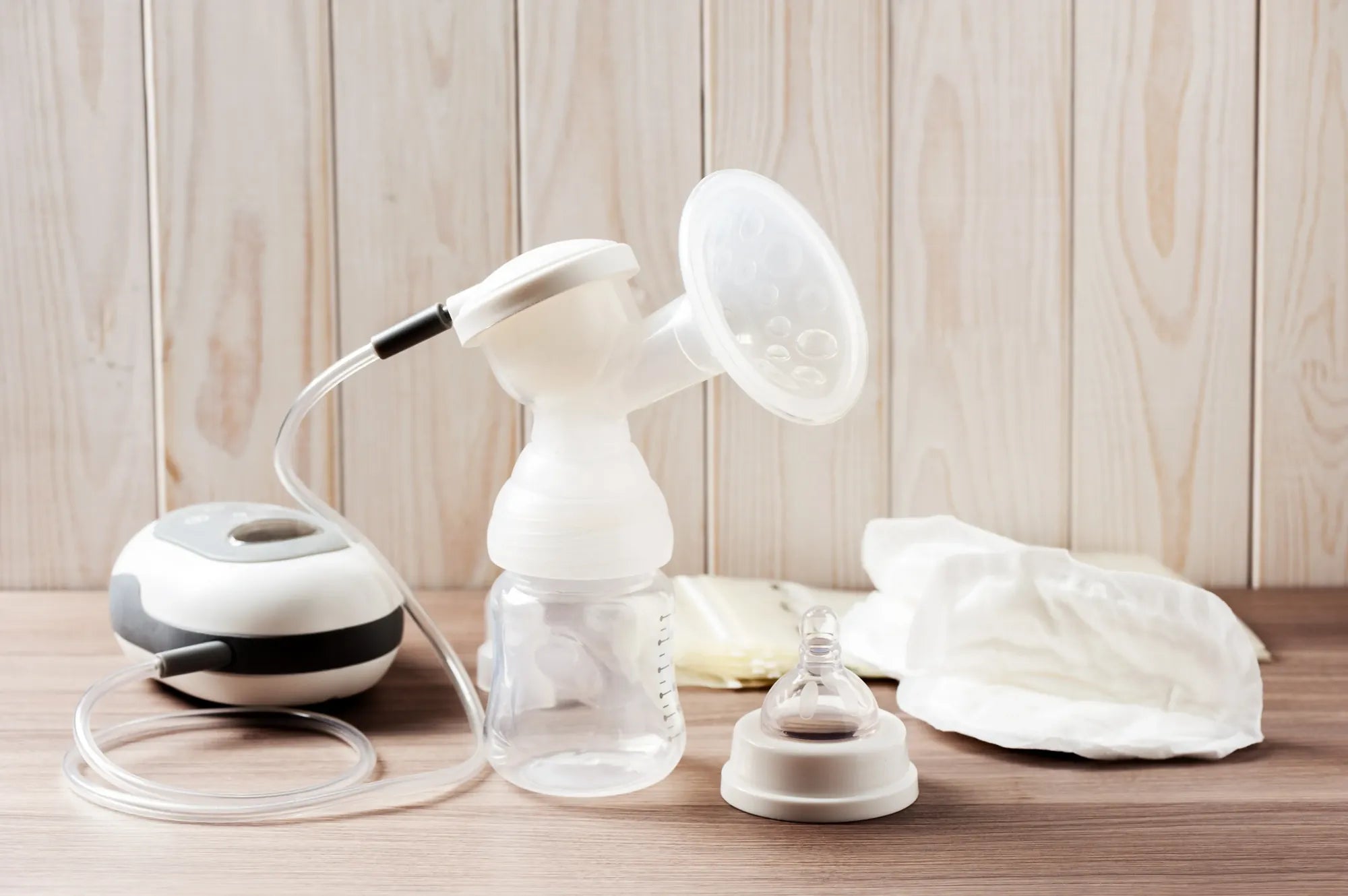Home
Pregnancy, Breastfeeding, and Pumping: The Ultimate Guide for Moms
When Should I Pump Breast Milk for Storage: A Comprehensive Guide

When Should I Pump Breast Milk for Storage: A Comprehensive Guide
Breastfeeding is a beautiful and natural way to nourish your baby, but there are times when pumping and storing breast milk becomes essential. Whether you're returning to work, planning to be away from your baby, or simply want to build a stash, knowing when to pump breast milk for storage is crucial. This guide will walk you through the best practices and timing to ensure your baby gets the nutrition they need, even when you're not around.
Understanding the Basics of Pumping Breast Milk
Before diving into the specifics of when to pump, it's important to understand the basics of pumping breast milk. Pumping allows you to extract milk from your breasts, which can then be stored for later use. This process can be done manually or with the help of a breast pump, and it's essential to ensure that all equipment is clean and sterilized to maintain the milk's quality.
Early Days: Establishing Your Milk Supply
In the early days after giving birth, your body is working hard to establish a steady milk supply. During this period, it's generally recommended to breastfeed your baby directly as much as possible. However, there are situations where pumping can be beneficial. For example, if your baby is having trouble latching or if you need to stimulate milk production, pumping can help. It's also a good idea to start pumping and storing milk if you know you'll need to be away from your baby in the near future.
Returning to Work: Planning Ahead
One of the most common reasons for pumping breast milk is returning to work. If you're planning to go back to your job, it's a good idea to start pumping a few weeks in advance. This will give you time to build up a stash of milk and get your baby used to drinking from a bottle. Aim to pump during the times when you would normally be breastfeeding, such as in the morning or during your lunch break. This will help maintain your milk supply and ensure that your baby has enough milk while you're away.
Building a Milk Stash: Timing is Key
If you're looking to build a stash of breast milk, timing your pumping sessions is key. Many mothers find that pumping in the morning, when milk supply is typically at its highest, yields the best results. You can also try pumping after your baby has finished feeding, as this can help to fully empty your breasts and stimulate more milk production. It's important to remember that every mother's body is different, so it may take some trial and error to find the best times for you.
Nighttime Pumping: Pros and Cons
Some mothers choose to pump during the night, especially if their baby is sleeping for longer stretches. While this can be a good way to build up your milk stash, it's important to weigh the pros and cons. On the one hand, nighttime pumping can help maintain your milk supply and ensure that you have enough milk for the next day. On the other hand, it can disrupt your sleep, which is also crucial for your overall health and well-being. If you decide to pump at night, try to do so at a time that minimizes disruption to your sleep schedule.
Pumping While Traveling: Staying Prepared
Traveling with a baby can be challenging, but with a little planning, you can ensure that your baby has enough breast milk while you're on the go. If you're traveling by car, you can pump during rest stops or while your baby is napping. If you're flying, check with the airline to see if they have any specific guidelines for traveling with breast milk. It's also a good idea to bring a cooler bag to keep the milk fresh during your journey.
Storing Breast Milk: Best Practices
Once you've pumped your breast milk, it's important to store it properly to maintain its quality. Breast milk can be stored in the refrigerator for up to four days, or in the freezer for up to six months. Be sure to use clean, sterilized containers and label them with the date and time the milk was pumped. When you're ready to use the milk, thaw it in the refrigerator or under warm running water, and never microwave it, as this can destroy the milk's nutrients.
Maintaining Your Milk Supply: Tips and Tricks
Maintaining a steady milk supply is essential for successful pumping and breastfeeding. To keep your supply up, try to pump at regular intervals, even if you're not away from your baby. Staying hydrated, eating a balanced diet, and getting enough rest can also help. If you notice a drop in your milk supply, don't hesitate to reach out to a lactation consultant for advice and support.
Listening to Your Body: Trusting Your Instincts
While there are general guidelines for when to pump breast milk, it's important to listen to your body and trust your instincts. Every mother's breastfeeding journey is unique, and what works for one person may not work for another. Pay attention to how your body feels and adjust your pumping schedule as needed. Remember, the goal is to ensure that both you and your baby are happy and healthy.
Pumping breast milk for storage can be a game-changer for busy moms, offering flexibility and peace of mind. By understanding the best times to pump and following proper storage practices, you can ensure that your baby gets the nutrition they need, even when you're not around. So, whether you're returning to work, planning a trip, or simply want to build a stash, knowing when to pump breast milk for storage is the first step towards a successful breastfeeding journey.
Share
